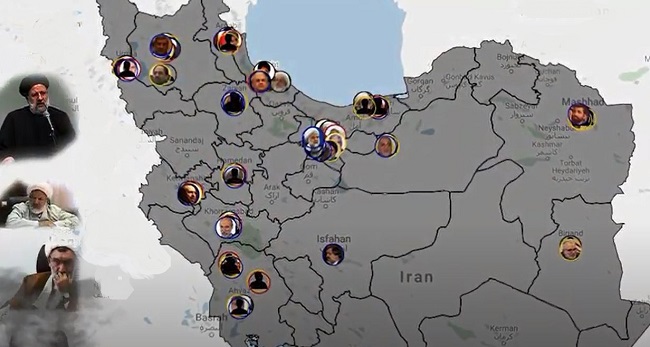Iran- Khomeini’s warmongering machine was collapsing towards the end of 1987. The “war” which Khomeini used as a tool to oppress people was about to end.
To prolong his regime’s life, he had another sinister plan:
Eliminating Iran’s main opposition group and its supporters and members of the Mujahedin-e Khalq or MEK.
The preparation for the massacre started in early 1988 by separating the prisoners.
Based on Khomeini’s Fatwa, all MEK supporters and members who were loyal to the MEK were sentenced to death.
The Iranian Resistance has so far gathered the information of the “Death Commissions,” in 70 cities across Iran.
Today, the mass graves are all over Iran.
Some of these mass graves are in cemeteries and some in the middle of forests or deserts of Iran,
Many of them have not yet been discovered.
Amnesty International has repeatedly called for immediate action to stop the destruction of mass graves.
The international community must recognize the 1988 massacre in Iran as genocide and a crime against humanity.
The UN Security Council must arrange for an international trial of the leaders of the clerical regime, especially Khamenei, and Raisi for genocide and crimes against humanity.
